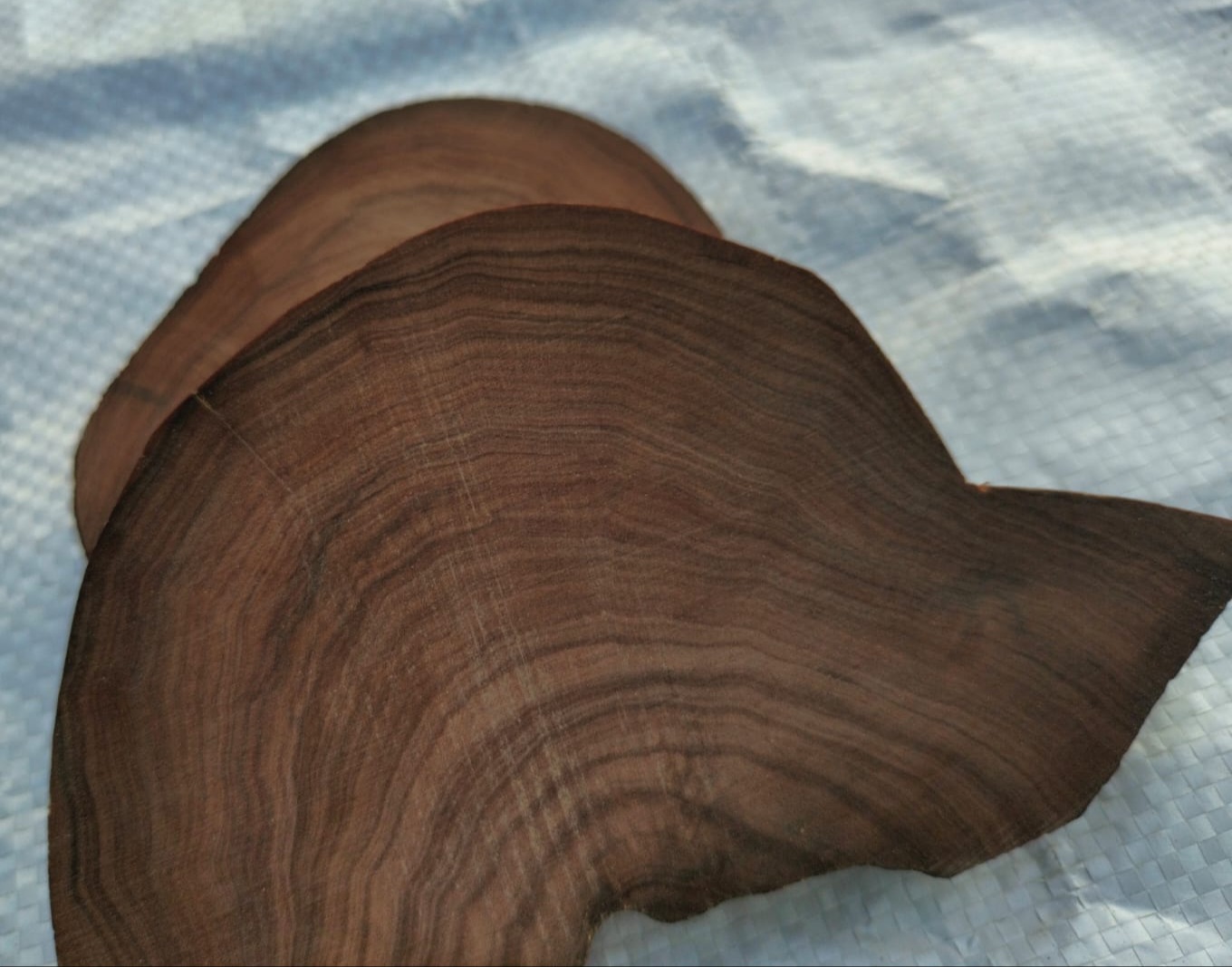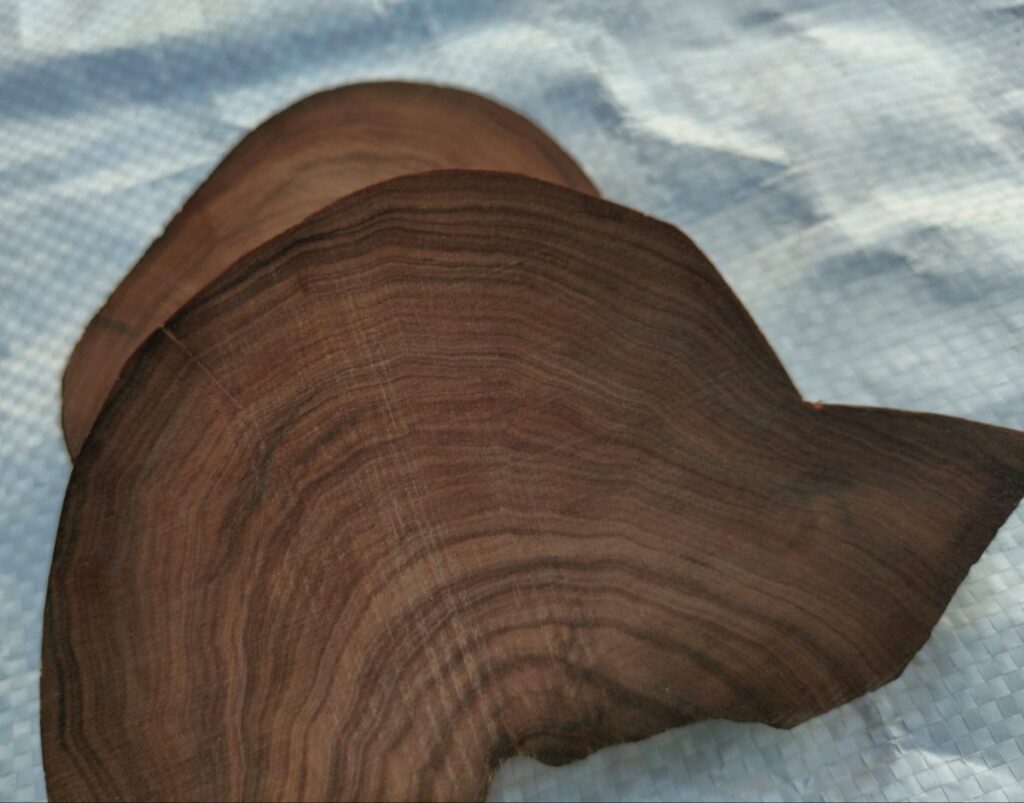Understanding How to Identify the Age of Indian Sandalwood

Sandalwood is an ancient wood very important in many of the eastern cultures, with a wide range of purposes, from culinary to religious ceremonies. Sandalwood is also an excellent carrier in perfumes and a has a wonderful aroma for incense. Of recent the benefits of sandalwood for skincare and cosmetics have further expanded the application for this dynamic resource, and the demand for quality sandalwood is more than ever.
Sandalwood
Sandalwood can be grouped into two main groups, those from plantations, and those from the wild. Unlike agarwood Sandalwood does not require infection, or a fungus to attack it in order to produce oudh resin. Therefore, both the wild and plantation sandalwoods are mainly dependent on age. The older the tree, the better quality of wood, and this is pretty much the case for all the uses.
The challenge in the industry is time, planting a tree and waiting for 50 years to harvest a high-quality log presents many challenges for the investors, therefore the harvesting is done a lot sooner, and for the quality producers they wait 20years before harvesting, and others do so prior.
Age of Mysore Sandalwood
In this blog I want to discuss how we can identify high quality sandalwood, in particular Indian Sandalwood, technically known Santalum Album and commonly referred to as Mysore Sandalwood. Older sandalwood trees have some key tell indicators that can be utilised to predict the age of the wood. These can be applied when one comes across whole logs or horizontally sliced slabs.
Older Sandalwood will have larger diameters when compared to younger trees. Older tree flesh is darker than younger trees. When the trunk is cut, the cut surface will say a lot about the trees age and oil content. More mature trees will have darker cores, and there will be tighter rings give a rough idea of the age. The wood will also be harder than younger trees.
After the tree has been harvested, storing the woods to dry correctly is key to ensuring the trapped oils mature slowly. As the wood dries it becomes more darker, and hardens. Some of the older Mysore stock, the trees were centennials and have been curing in government sheds for 15-20 years. Below is a picture of such a slab.

The dark rings, and how tightly they are packed, shows how old this wood is. It is also key to note that the outer bunk wood has been shaved off from this log and therefore the rings are going all the way to the edges.